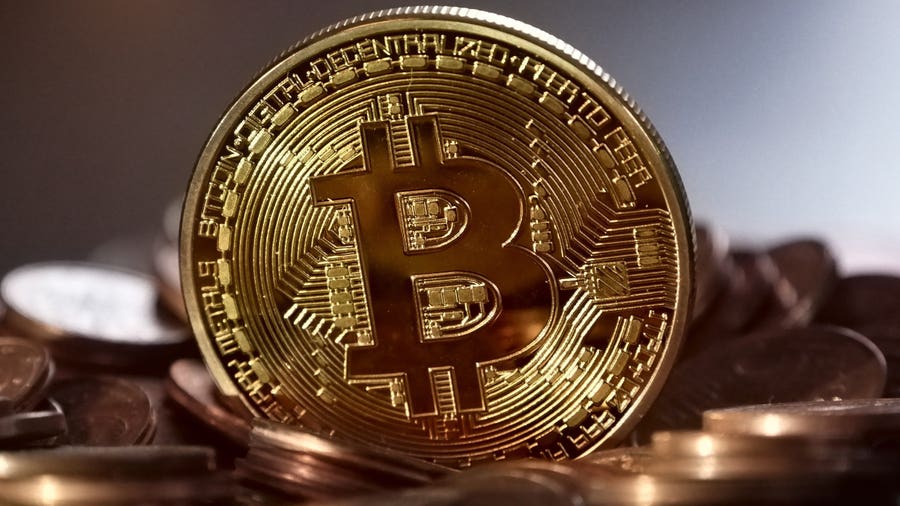
Over the last month, the supply of Paypal’s PYUSD stablecoin has seen a substantial increase, surging by over 72% from 167.83 million to 289.43 million PYUSD. This significant growth has propelled the payment behemoth’s dollar-linked digital currency to become the tenth largest among all USD-anchored stablecoins.
Paypal’s Digital Currency PYUSD Supply Skyrockets
Roughly five months have elapsed since the introduction of Paypal’s Ethereum-based stablecoin, PYUSD. As of the end of August, the total supply of PYUSD stood at 43.3 million, with the top 100 holders possessing 99.99%. However, the quantity of PYUSD has since experienced a dramatic increase, soaring more than 568% to reach the current 289.43 million PYUSD. In the past 30 days alone, from Dec. 10, 2023, to Jan. 10, 2024, the supply of PYUSD has expanded by 72.4%.
Roughly 4,943 distinct addresses are currently holding PYUSD, and the stablecoin has accomplished a cumulative 29,592 onchain transfers. In recent developments, PYUSD has ascended to become the tenth-largest stablecoin by market value, narrowly trailing the market capitalization of pax dollar (USDP). Notably, Paxos, the entity behind USDP, collaborates with Paypal and serves as the primary issuer of the PYUSD stablecoin. Rewind five months, and the scenario was different: Paxos stood as the top holder, with the leading 100 holders controlling 99.99% of PYUSD’s supply.
The landscape has shifted, with the digital currency exchange Crypto.com emerging as the current largest holder of PYUSD. Of the total 289 million tokens, Crypto.com possesses a substantial 112,201,306 PYUSD, representing 38.76% of the entire stablecoin supply. Following close behind, Defiance Capital ranks as the second-largest holder, securing 39,121,862 PYUSD, which accounts for 13.51% of the circulating coins. In third place stands Kraken, holding 31.92 million PYUSD, while the decentralized finance platform Curve Finance occupies the fourth position with a holding of 24.95 million.
Paxos continues to hold a prominent position as the owner of the fifth-largest PYUSD wallet, boasting 24.45 million. While PYUSD ranks as the tenth largest stablecoin, it’s relatively modest when juxtaposed with behemoths like USDC and USDT. Yet, according to bluechip.org’s stablecoin evaluations, PYUSD stands out with an A- rating, surpassing USDC’s B+ and towering over USDT’s D rating. Bluechip suggests that PYUSD’s rating could be elevated from A- to A if Paypal either reveals the details of its reserve custodians and their respective holdings or demonstrates a stable, close peg for a continuous period of 180 days.
PYUSD’s journey in the stablecoin market illustrates a notable evolution in the digital currency space. Its swift expansion and market presence mark a significant trend in the adoption and usage of stablecoins backed by financial incumbents. As PYUSD forges ahead, it presents an interesting case study in the dynamics of stablecoin markets, reflecting the ever-changing landscape of fiat-backed tokens and their growing role in the financial ecosystem.
What do you think about PYUSD’s growth since its launch and the supply increase over the past 30 days? Share your thoughts and opinions about this subject in the comments section below.








